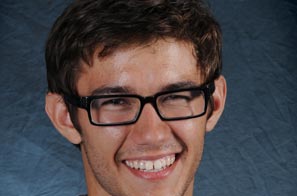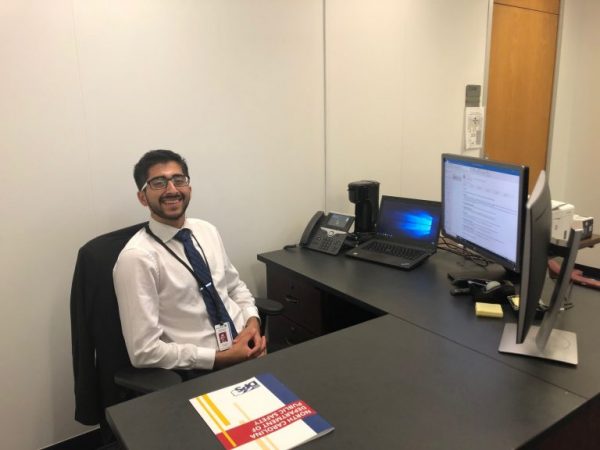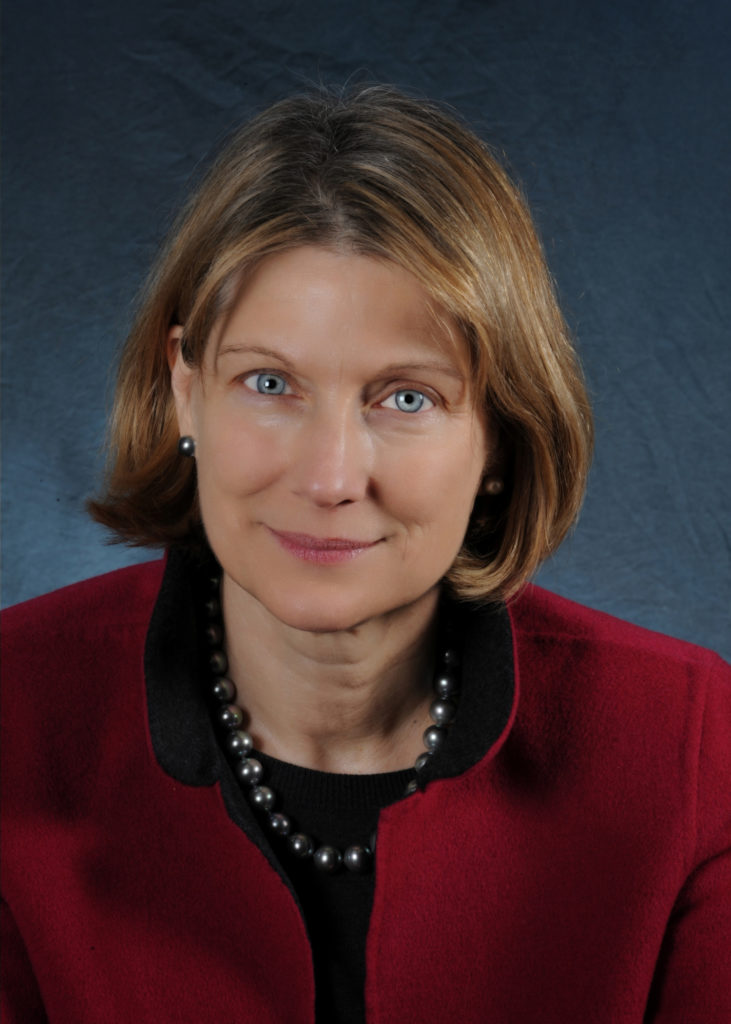
This past July, Philip Morgan left Duke University’s Social Science Research Institute to become director of the Carolina Population Center (CPC).
A Carolina alumnus, Morgan received his bachelor’s degree in sociology from Carolina and was a postdoctoral scholar at the CPC. His research focuses on human fertility and factors that explain variations in fertility patterns across populations.
Susan Hardy, from the Division of Research, spoke with Morgan about his research and the ongoing work of the CPC, which has 63 fellows and received nearly $60 million in research funding in fiscal year 2012.
What does the Carolina Population Center do?
We do research on the processes that produce a population, such as fertility, immigration, disease and mortality. If people want to figure out how to make the population of a U.S. city or town healthier, that’s the kind of work that population scientists do.
For example, Penny Gordon-Larsen, from the Department of Nutrition, is studying obesity. She’s looking at people’s genetic makeup, the family groups they live in and their socioeconomic environment, but also at their physical locations. How close do they live to the nearest fast food restaurant? Are they in a food desert where there are no supermarkets close by? This is the kind of research we do that’s very relevant for policy.
What will be your biggest challenge at the CPC?
One challenge is the cutting of research funding, particularly by the National Institutes of Health, and maintaining an infrastructure that’s responsive to the needs of the researchers here.
When you hire a population researcher, usually you’re not talking about a million-dollar lab like you would be in biology. But a population scientist’s analog to a lab is a really good data set. Good data sets are expensive to collect and analyze.
How did you get into researching fertility?
I was a UNC undergraduate studying sociology in the ‘70s, when the population explosion was happening. I wanted to understand the roots of high and low fertility.
My research now focuses on low fertility because fertility is coming down around the world. There are very few places now where women are having lots of babies. So a new focus is on why women are having so few babies, and by “so few,” I mean having fewer than two children. When you have a low fertility rate, you get an aging population, and if it continues you’ll eventually get a declining population.
Is it a big problem to have an aging population?
The initial fear with people living longer was that they would get old and be in ill health for a long period of time. That’s not what’s happening. People are living longer, but the period of ill health at the end of life isn’t becoming longer.
I’m 59, and I’d like to have the option to retire at 65 or 66. But someone my age and in my health condition can probably expect to live at least 15 years beyond retirement age. Can the system support that? Maybe it can’t, and we’ll need to raise the age of retirement.
If you need people to be productive in the workforce for a longer period of time, you need to help them get continuous job training so they can continue to work into older ages. That’s one possible solution to the problem of an aging population.
What’s the most interesting place you’ve studied?
Right now, the most interesting place is the United States because of the variation here in people’s understanding of what family is and how many kids it’s appropriate to have.
The red state/blue state difference in the United States corresponds with a sharp fertility difference. The reddest states have high fertility. The bluest states have low fertility.
What’s that about? Two things. First, religious people in the United States tend to have more children. Second, women with more education tend to have fewer children.
Lots of researchers are looking at fertility variation in Europe, trying to understand what factors encourage higher and lower fertility. But here in the United States, there’s more fertility variation to study than in all of Europe.
What do you like best about Chapel Hill and Durham?
I like all the great restaurants in Durham, and I like the smallness of college-town Chapel Hill. But I don’t think of the two so much as different places.
When I’m recruiting students here at UNC, I use the same strategy I did at Duke: I tell them these are both great universities, and they’re also eight miles apart and there’s a bus that goes between them every 30 minutes.
Where else in the world can you find that?
[ Story by Susan Hardy, Office of Research Communications, for University Gazette ]




